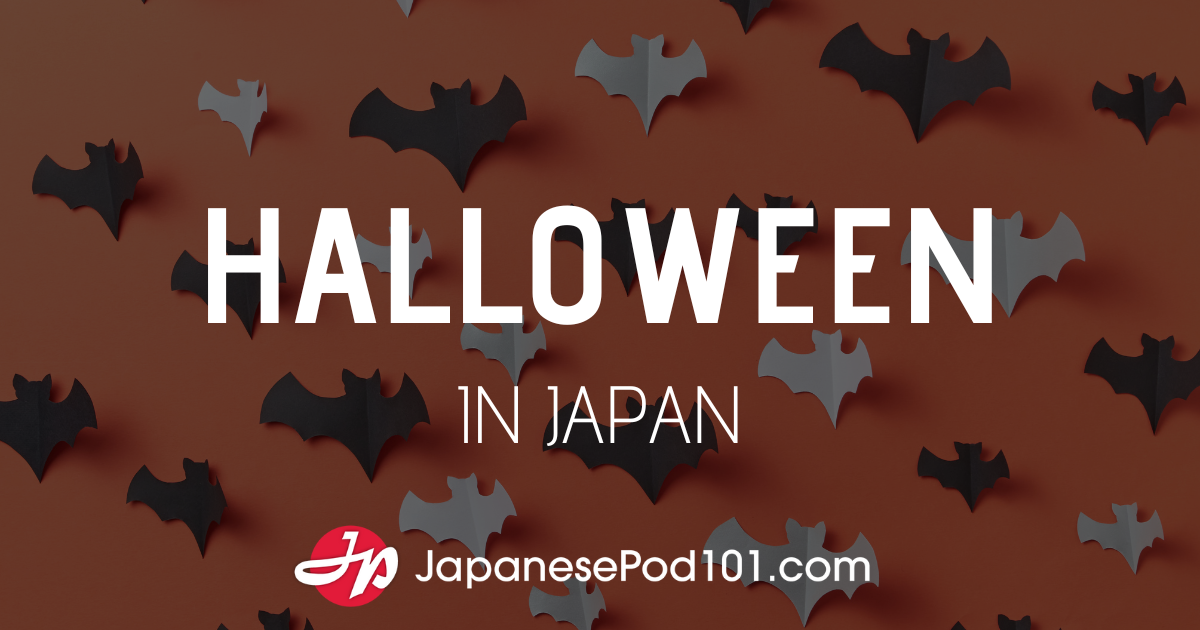Archive for the 'Learn Japanese' Category
September 9, 2019
Taiiku No Hi: Health and Sports Day in Japan
From time to time, we all need to reevaluate our health—our dietary habits, our exercise patterns (or lack thereof), and our ability to live each day well. On Health and Sports Day, the people of Japan do just this. This holiday encourages and inspires good health and more exercise at every level of society, but most especially for children and young adults.
In this article, you’ll learn about Health-Sports Day in Japan and how it affects the health and lives of people all over the country.
At JapanesePod101.com, we hope to make every aspect of your language-learning journey both fun and informative!
1. What is Health and Sports Day in Japan?
Health and Sports Day is a national Japanese holiday dedicated to inspiring a... Show more
August 16, 2019
Japanese Keiro no hi: Respect for the Aged Day in Japan
Have you ever wondered "How are the elderly treated in Japan?"
Each year, the Japanese population celebrates and honors the elderly people in Japan for their contributions to society. The aged are regarded with much respect, and Respect for the Aged Day is a special occasion on which to really go all out and show this admiration.
In this article, you’ll learn all about the Respect for the Aged Day meaning, and more facts about the elderly people in Japan. Learning about this holiday and what it looks like in Japanese society will go a long way toward helping you understand the culture of Japan.
At JapanesePod101.com, we hope to make every aspect of your learning journey both fun and informative! So let’s get started.
1.... Show more
August 16, 2019
Japanese Hand Gestures and Body Language
Every culture has its own unique body gestures when speaking to express certain feelings or situations efficiently. Japanese hand gestures and body language are no exception and there are a variety of body gestures in Japan—many more than you’d expect!
Most Japanese body gestures are particular to the Japanese culture and foreign people may wonder what they stand for, or even get the wrong meaning from them. Learning the body language in Japan will not only help you understand the Japanese culture better, but also make you feel more comfortable communicating with Japanese people.
If you’re a beginner in the Japanese language, you can express and communicate much more with Japanese body gestures without lengthy explanation. If... Show more
July 23, 2019
The Complete Guide for Japanese Internet Slang and Text Faces
Do you know the Japanese slang ググる (guguru)? It means “to search on Google” and is one of the most-used Japanese internet slang terms.
If you chat with your Japanese friends online or use social media such as Facebook, you might be struggling to understand Japanese internet slang terms. However, most common Japanese slang words aren’t exclusive to the internet, as you may have found them in anime and manga as well.
The problem is that your teachers and textbooks won’t teach you those slang terms, because they aren’t official Japanese language. Japanese text slang terms might be very confusing for Japanese learners because they developed very uniquely. Japanese people also use many kinds of 顔文字 (kaomoji) or text face, such as “(*^_^*),... Show more
June 28, 2019
Japanese Untranslatable Words: Let’s Talk like a Native!
When learning a new language, people encounter words and expressions which can’t be clearly translated into that language. Japanese is no exception. Japanese has various untranslatable words which need to be explained with concepts, contexts, or situations in order to grasp the true meaning and nuance these original words have. Japanese phrases with no English equivalent are both fun and important to learn during your language studies.
Much like in other languages, Japanese untranslatable words reflect the Japanese culture. By learning untranslatable Japanese words, you’ll also gain insight into unique Japanese views, values, and philosophies. Japanese words that are untranslatable often prove interesting to other cultures, and in... Show more
June 21, 2019
Tanabata: The Star Festival in Japan – Vega and Altair’s Love Story
Do you know why the Japanese focus on the Altair and Vega stars one night a year? This has to do with the Tanabata story, which tells about the love between a cow-herder and a weaver (we’ll give you the full story later in this article!).
During the Star Festival, Japan sets its eyes to the night sky and the Milky Way, hoping that the two constellations, which represent the cow-herder and weaver, will meet.
The Star Festival Japan celebrates offers a fun and unique glance at Japanese culture and thought. Learning about the Tanabata Festival is a wonderful way to improve your language skills, too, as knowing a country’s culture is key to mastering its language!
At JapanesePod101.com, we want to make this learning journey both... Show more
June 20, 2019
How to Say “My Name is,” in Japanese and More!
When you’re learning Japanese and starting to make new friends, or visiting Japan for travel, school, or business, there will be many occasions where you need to introduce yourself. Introducing yourself is always important in starting a good relationship with someone: friends, peers, students, co-workers, neighbors, etc.
Hence, it’s important to learn things like how to say "My name is," in Japanese, as well as other ways of introducing yourself in Japanese phrases.
There are some tips to keep in mind when it comes to introducing yourself in Japan, from a cultural perspective. For example, you should usually use a formal and polite style of Japanese when you introduce yourself, and it’s better not to talk about yourself too much or... Show more
June 3, 2019
Chichi No Hi: How to Celebrate Fathers Day in Japan
What day is Father’s Day, and what do Japanese traditions look like?
Fathers Day in Japan (known by the Japanese as 父の日 or Chichi No Hi), is similar to Father’s Day in other countries. It’s simply a day to honor one’s father or father-figure, and to show him appreciation and gratitude for all he does.
However, for each aspect of Father’s Day that’s familiar around the world, there’s a distinction that makes it uniquely Japanese. In this article, we’ll be going over common Fathers Day traditions in Japan, from the most popular gifts to its stance next to Mother’s Day.
At JapanesePod101.com, we hope to make this lesson both fun and informative as we examine Japanese culture from the perspective of Chichi No Hi. After all, any... Show more
May 24, 2019
The Best 10 Japanese Anime to Learn Japanese
Japanese anime is famous for its uniqueness and highly entertaining stories. Watching Japanese anime is a wonderful way to learn Japanese and have fun at the same time. Doing so allows you to improve your vocabulary, listening skills, and conversation skills, and can help you grasp these things in light of Japanese culture. Hearing the language in context and listening to Japanese anime audio are great ways to learn the language faster.
Japanese anime has a wide range of content, and you’ll definitely find what you love. A few of the most popular genres of Japanese anime shows include:
Adventure
Action
Drama
Romance
Horror
So, really, whatever type of Japanese anime series or movies you’re looking for, you’re... Show more
May 2, 2019
Golden Week: Celebrate Japanese Children’s Day!
In Japan, Children's Day is celebrated each year as a way of wishing good health and success for its youth. When it comes to Children's Day, Japan's history (and that of ancient China) plays a huge role. While the Children's Day Festival in Japan was founded on ancient myths and beliefs, many of its traditions remain in place today.
In learning about Children's Day Japan activities, you're opening your eyes to new concepts and cultural aspects of the country of your target language. At JapanesePod101.com, we hope to make learning about Japanese culture both fun and insightful! So let's get started on our lesson about the Children's Day Festival Japan holds each year.
1. What is Children's Day in Japan?
The Boys' Festival is... Show more









